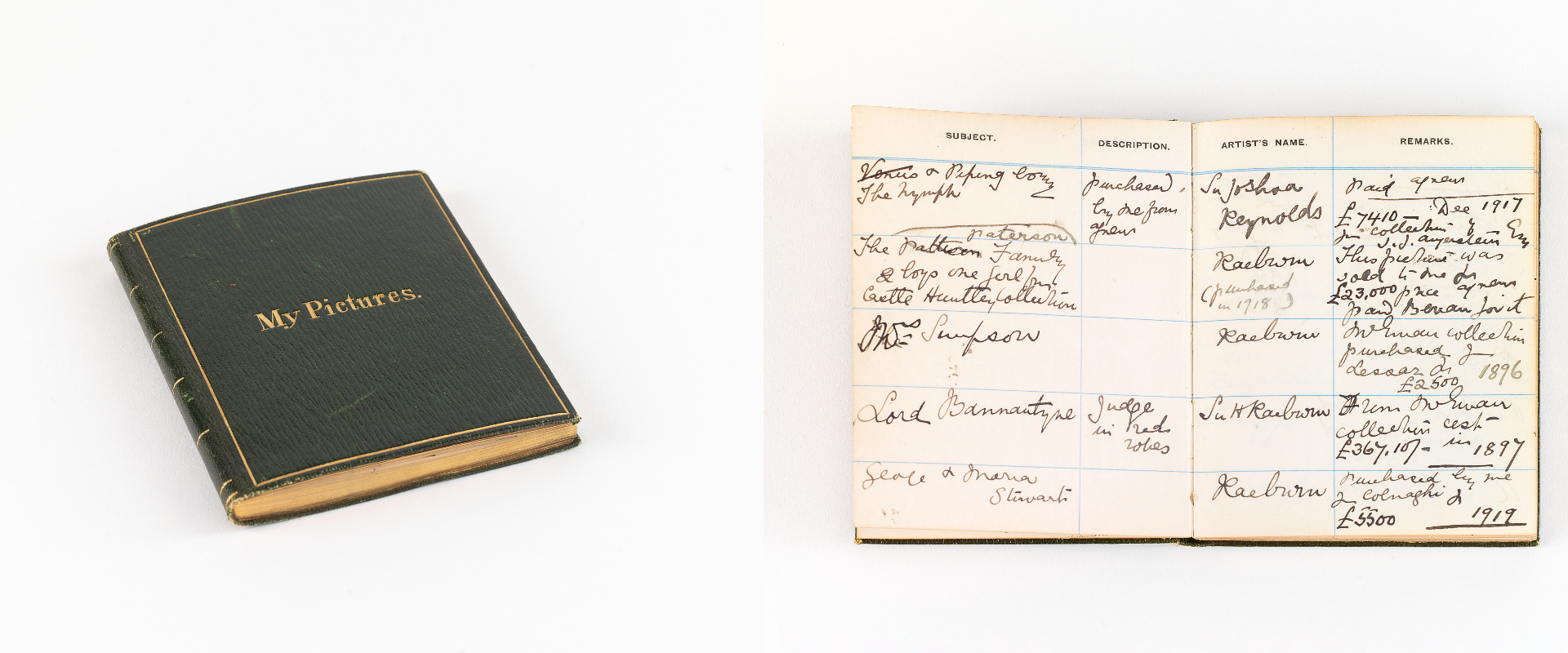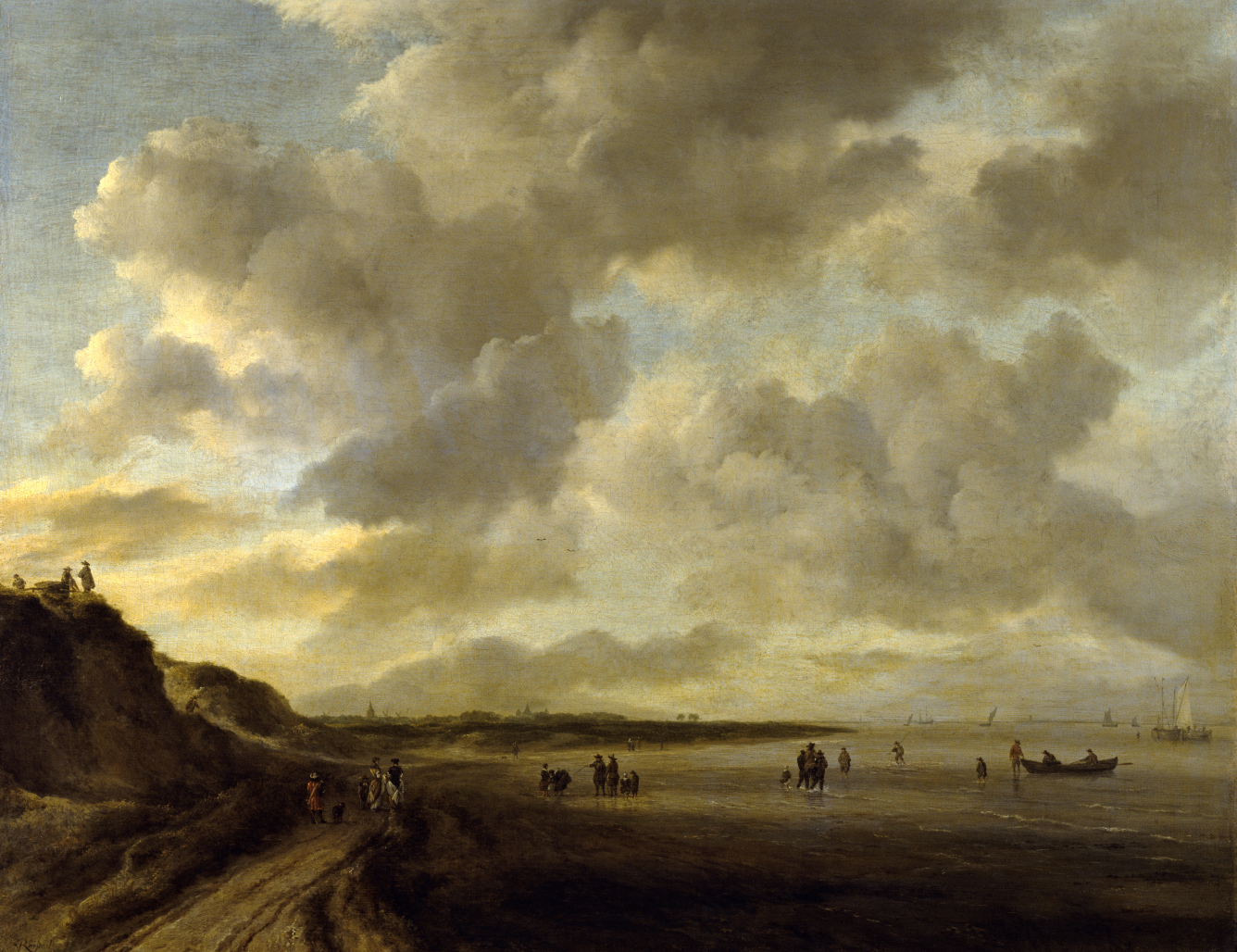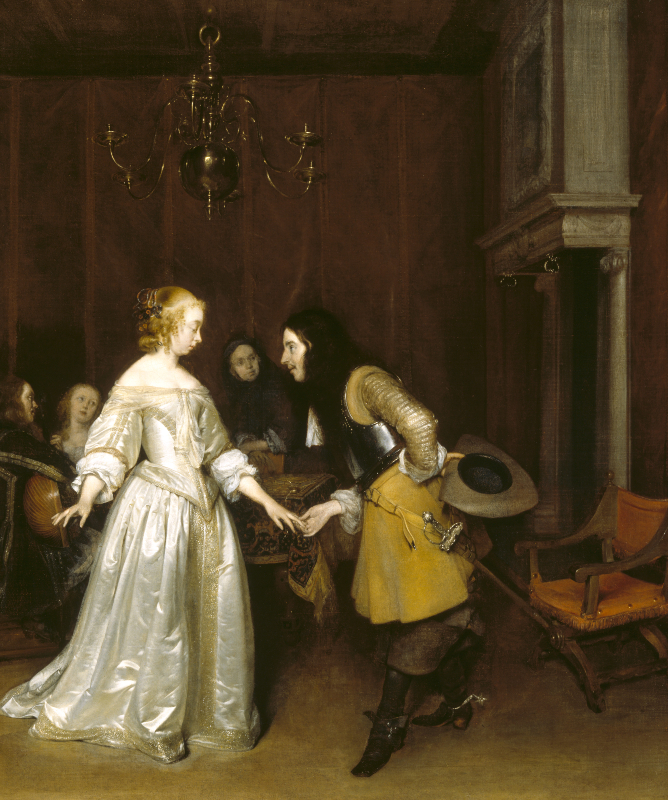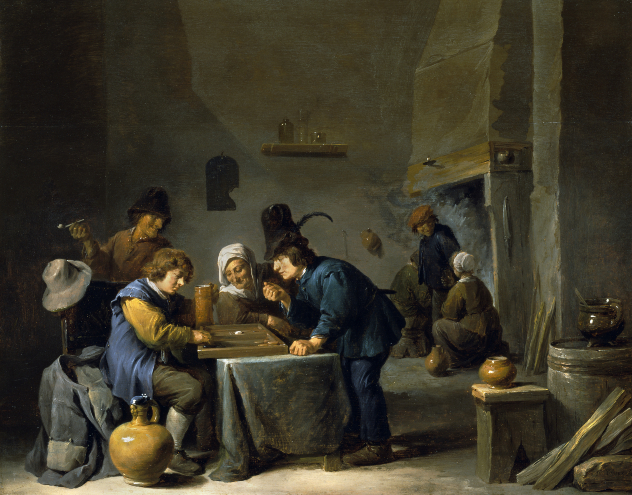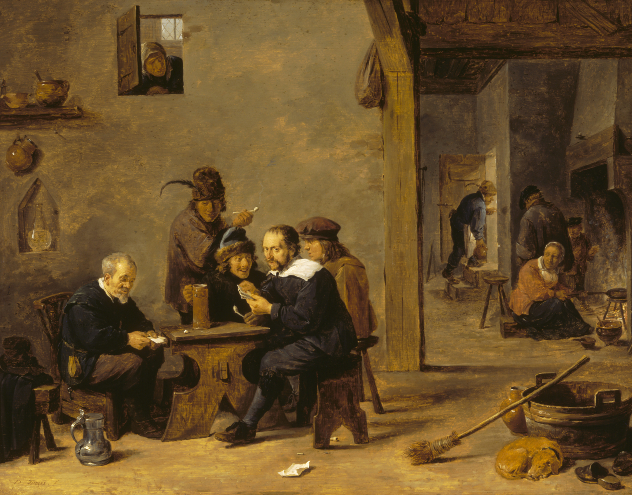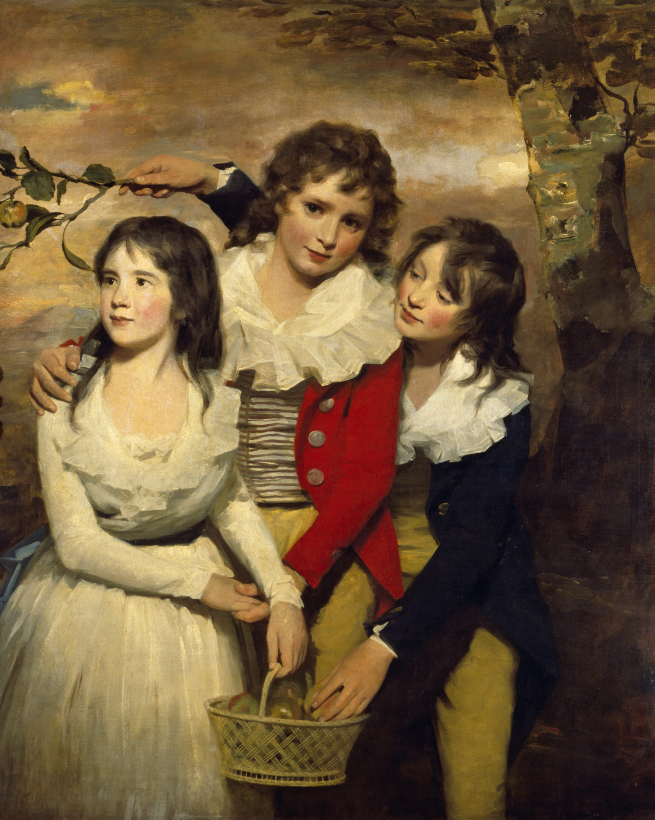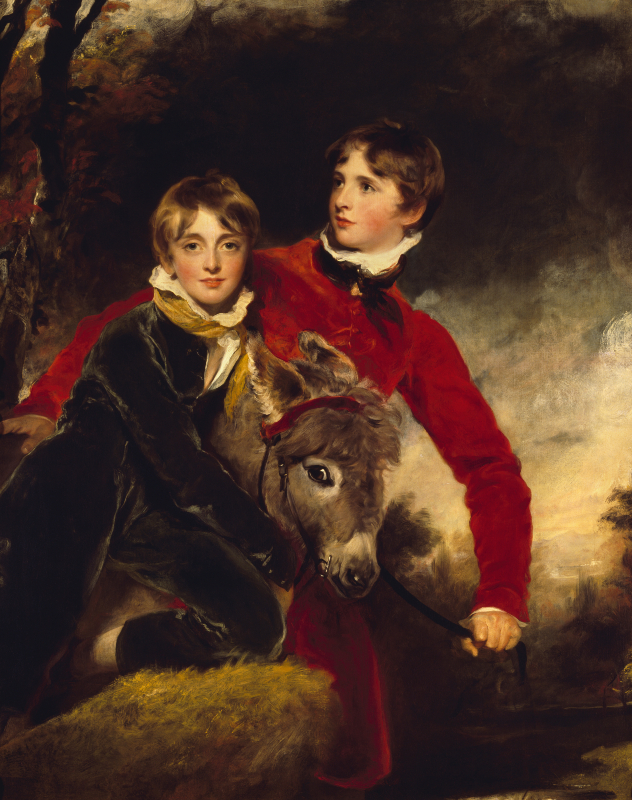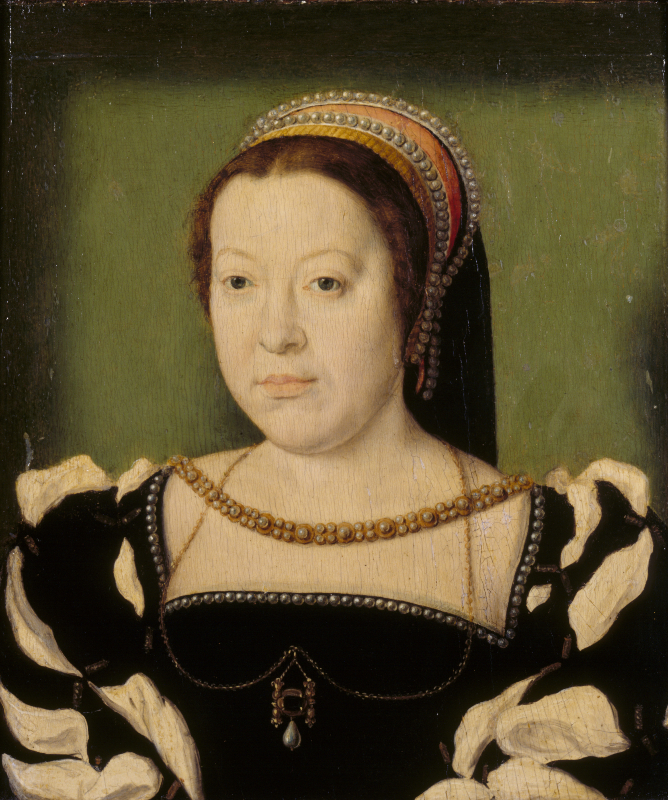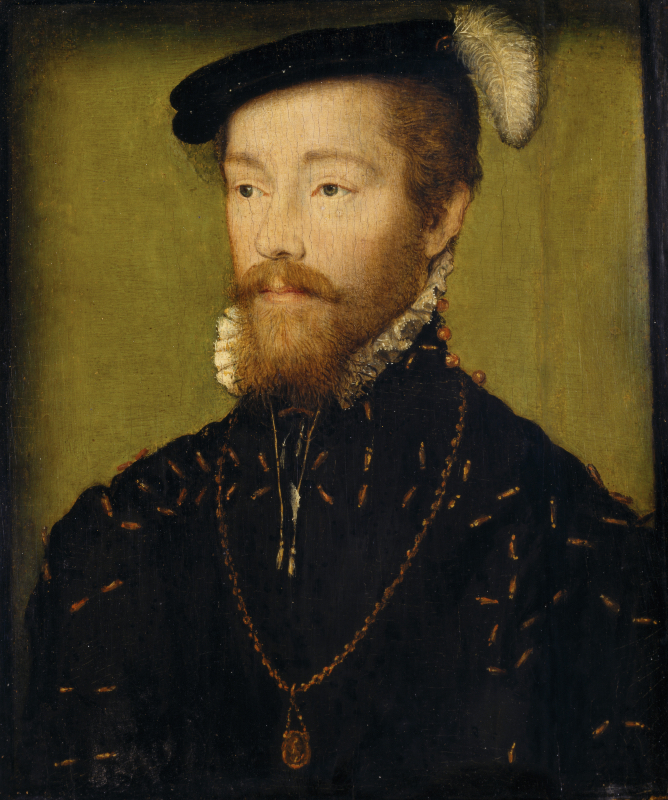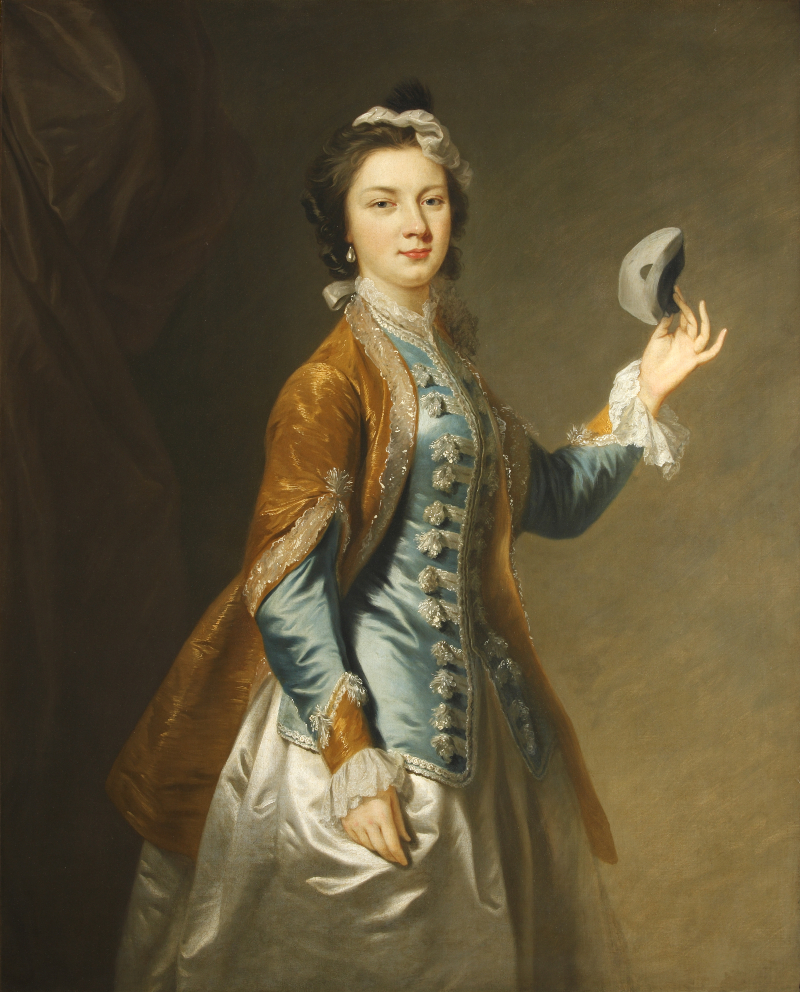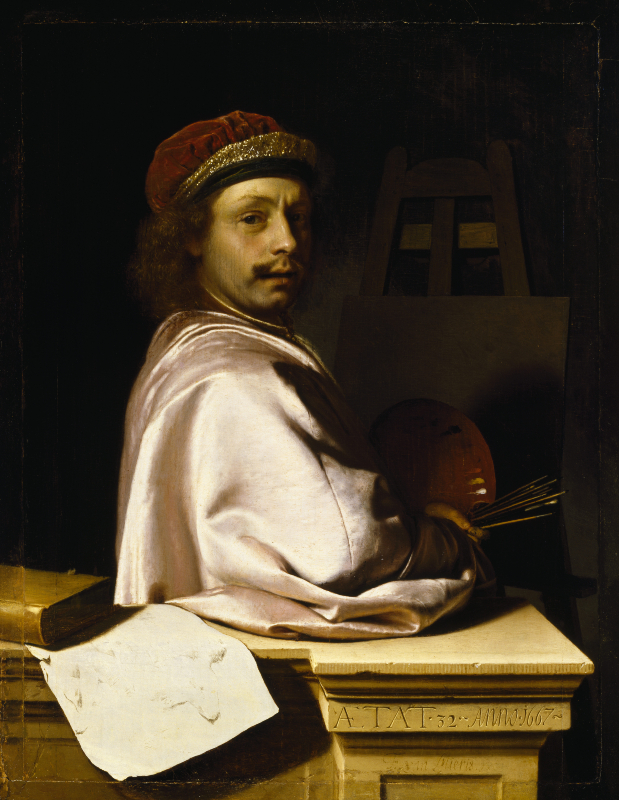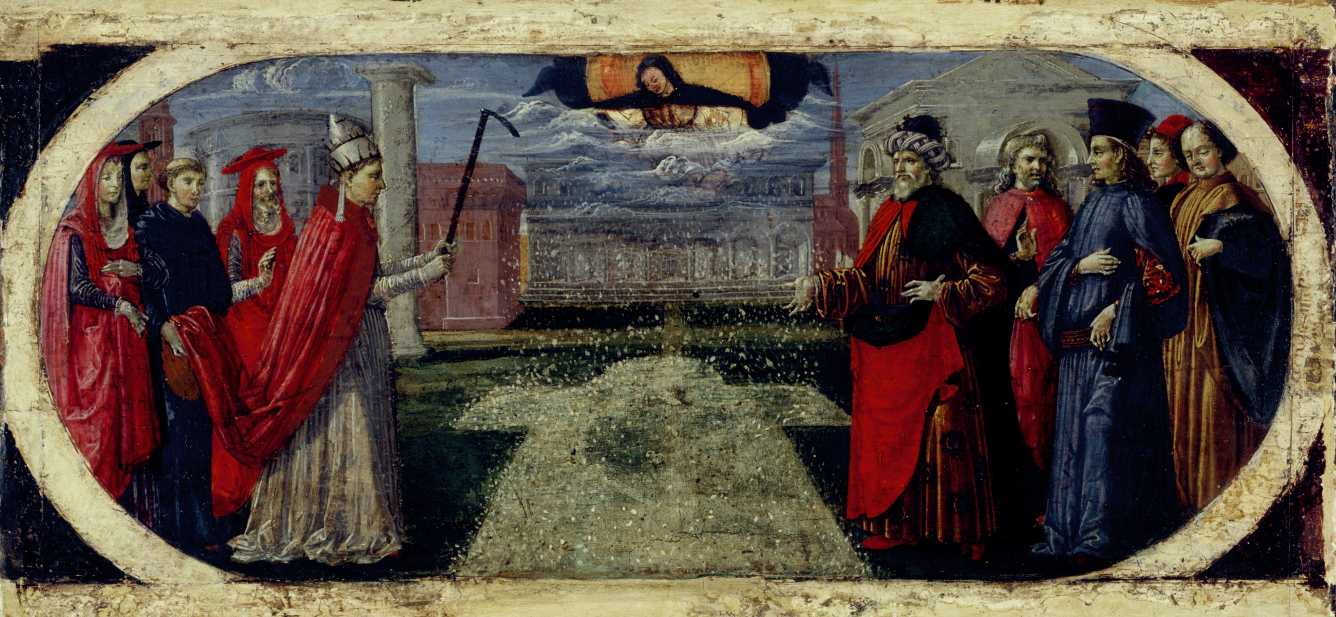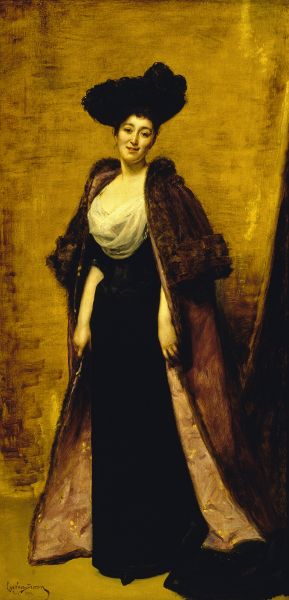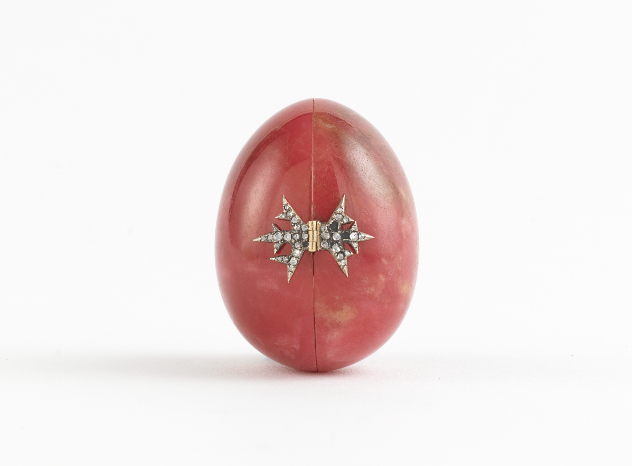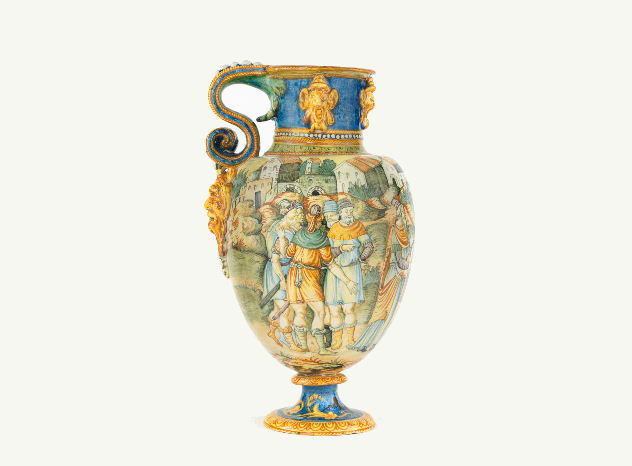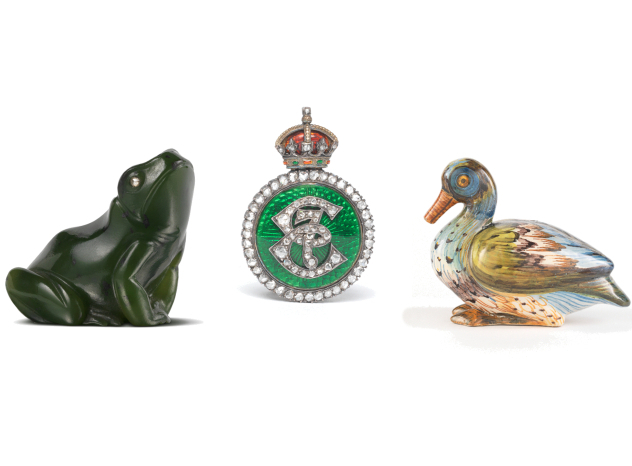'A Picture and Art Gallery'
Mrs Greville intended her bequest to the National Trust ‘to form a Picture and Art Gallery’. The selection shown here highlights the strengths and range of the collection.
In a small leather-bound notebook titled 'My Pictures', Mrs Greville records the development of her paintings collection. She assembled superb British portraits and European Old Masters, building upon the important Dutch seventeenth century paintings acquired by he father, William McEwan. As such she was following the transatlantic fashion of the super-rich as well as contributing to a lavish but intimate and inviting atmosphere for her guests.
Paintings acquired by William McEwan in the 1890s
Jacob van Ruisdael
William McEwan purchased this painting by Jacob van Ruisdael in 1893 for £1,874. Van Ruisdael was regarded as the greatest of the seventeenth-century Dutch landscape painters, and his coastal views were especially prized. Beachscape with Dunes highlights his ability to combine realistic but meticulously planned compositions with a deeply moving sense of brevity.
Gerard ter Borch the younger
Purchased by William McEwan for £3000 in 1896, The Introduction by Gerard ter Borch the younger is a cornerstone of the collection. The interaction of the elegantly attired couple is left open to interpretation but the painting has an implied narrative of seduction.
The artist delights in depicting the reflections in the chandelier and great care has been lavished on the pearl silk of the woman's dress.
David Teniers the younger
McEwan began to acquire 17th-century Dutch and Flemish scenes of everyday life during his semi-retirement from business. These tavern scenes by the prolific painter David Teniers the younger depict gambling on games of chance – a subject which must have held special appeal for McEwan.
Depictions of ‘merry-making peasants’, as they were known in Teniers’s time, were popular with collectors and often used as a moral lesson. Great attention has been paid to the objects in the foreground, each one a symbol of bad behaviour, and the glinting jug suggesting drunkenness.
Pictures acquired by Mrs Greville
Once Mrs Greville came into her inheritance she bought two pictures by the Scottish artist Sir Henry Raeburn, including this picture, The Paterson Children, which depicts the children of George and Anne Paterson of Castle Huntly, Perthshire.
Sir Henry Raeburn, RA
Sibling dynamics are on show as younger brother, John, distracts his sister, Margaret, by waving the laden branch of an apple tree over her shoulder while he steals fruit from her basket. Its not clear if George, centre, embraces his sister in act of affection or complicity.
The Paterson Children was sold by Agnew’s to Mrs Greville on 13 March 1918 for £23,000, making it by far the most expensive painting she ever purchased.
Sir Thomas Lawrence, PRA
Also in 1918, Mrs Greville bought The Masters Pattisson, 101 years after it was first exhibited at the Royal Academy in London. The brothers, William and Jacob, are depicted by Lawrence with a donkey, which the artist requested be sent to his London studio specially.
Tragically, William (in the red coat) and his wife Sarah drowned on their honeymoon in September 1832. Jacob Howell Pattisson (in the blue coat), in contrast, married Charlotte Luard and had 16 children.
Corneille de Lyon
Mrs Greville acquired four paintings by the French Renaissance court artist Corneille de Lyon over a period of 13 years, the most by any one artist. His works are renowned for their intimate rapport with the sitter and distinctive green background.
Catherine de' Medici and King James V were both painted when the artist was at the height of his powers at the Valois court in Lyon. Corneille pays particular attention to details of personal adornment in both works. Her Italianate style sleeves of white silk emerge from slashed black velvet and the ‘H’ shaped jewel silhouetted against her skin, in homage to her husband the future French King Henri II.
Johann Zoffany, RA
The Viennese dancer Eva Maria Viegel strikes a coquettish pose in a masquerade costume of shimmering silk. The painting was commissioned by her husband, the actor David Garrick (1717-1779), shortly after the German born artist’s move to London. The painting hung in the dining room of Garrick’s Villa at Hampton on the banks of the River Thames.
Mrs Greville acquired the painting in 1925 for her Mayfair townhouse. Eva Maria reportedly lived to the age of 98 years and is buried in Westminster Abbey alongside her husband.
Frans van Mieris the elder
This pinnacle of Mrs Greville’s treasured portraits collection was acquired from Agnew’s in 1919. Despite its diminutive size, the highly detailed work demonstrates Frans van Mieris’s powers of observation and exquisite artistic skill.
Dressed in expensive textiles, van Mieris exudes confidence and swagger. A leading figure of the Leiden school of painters we observe him in the act of creation. Turning to meet our gaze van Mieris leans his elbow on a stone balustrade on which sit a book and drawing of a nude, declaring the classical and intellectual grounding of his art.
Francescuccio Ghissi
Designed for private devotion, the side panels of this sumptuous work fold outwards to display scenes from the life of the Virgin Mary. Her robes and those of the Christ child are adorned with a highly ornate dragon pattern on
complementing blue and red grounds. The glinting surface of gold leaf evokes heavenly glory.
Perugino
This delicately executed work depicts the providential beginnings of the Church of Santa Maria Maggiore in Rome on 5th August 352. The Virgin Mary, who presides over the scene from heaven, had appeared in a dream to Pope Liberius, instructing him to build a church on a site that would be revealed by a miracle. He stands on the left, riasing a pick to break the ground and commence the work.
The Miraculous Founding of Santa Maria Maggiore in Rome displays Perugino’s skill at painting in oil. Called Perugino after the town of Perugia, where he worked, the artist trained in the studio of Andrea del Verrochio in Florence, where Leonardo da Vinci also received his training.
Carolus-Duran
Before a shimmering cloth of gold, the beautifully dressed figure of Mrs Greville smiles out at us in a dramatic hat and sweeping, silk-lined mantle. Commissioned in the year of her marriage to mark her place in society, it was painted by the celebrated Parisian society portrait painter known as Carolus-Duran.
Carolus-Duran is regarded today as an influential teacher and his most famous student was John Singer Sargent (1856-1925). The painting bears a striking resemblance to Sargent’s 1888 portrait of Mrs Greville's fellow art collector Isabella Stewart Gardner (1840-1924). In the archive of the American museum in Boston which bears her name, a letter to Mrs Gardner from Mrs Greville reads:
‘How can I tell you how much real pleasure you gave me today, as I try to write the remembrance of the beauties & your perfect home’ (7 November 1909).
